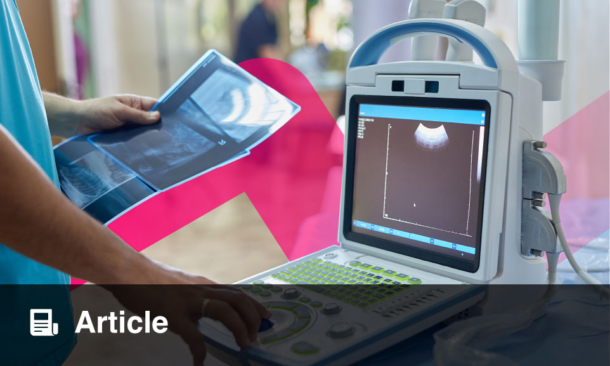Christopher M. Kramer | George A. Beller MD/Lantheus Medical Imaging Distinguished Professor of Cardiovascular Medicine, University of Virginia Health, Charlottesville, USA; President, American College of Cardiology (ACC)
Citation: EMJ Cardiol. 2025;13[1]:86-87. https://doi.org/10.33590/emjcardiol/RROU4243
![]()
Your career spans cardiovascular imaging, hypertrophic cardiomyopathy research, and American College of Cardiology (ACC) leadership. What first drew you to cardiovascular imaging as a focus for your research and clinical practice?
When I was a medical chief resident at the University of Pennsylvania, Philadelphia, USA, Nathaniel Reichek gave Medical Grand Rounds on cardiac MRI. I was enthralled and thought, “I want to do that.” Two years later, I began research on cardiovascular magnetic resonance (CMR) with Reichek as one of my two main mentors, and the rest is history.
You co-led the National Institutes of Health (NIH)-funded, 44-site Hypertrophic Cardiomyopathy Registry (HCMR) study aimed at improving risk prediction in hypertrophic cardiomyopathy (HCM). What are the most notable findings so far?
We are finalising event adjudication and hope to report the findings of a predictive model for the primary outcome composite endpoint in early 2026. Our paper in 2019, based on baseline findings from the 2,750 recruited patients, demonstrated two main subgroups: 40% or so who were sarcomere mutation-positive and had reverse curvature morphology, more scar, and less outflow tract obstruction; and 45% or so who were sarcomere mutation-negative, with an isolated basal septal hypertrophy subtype, little to no scar, and more outflow tract obstruction.1 These subgroups may have very different outcomes.
Your recent work has highlighted novel imaging biomarkers in HCM, including myofibrillar disarray and microvascular dysfunction. What might these findings mean for future therapies?
We have a lot to learn about how novel cardiac myosin inhibitors affect these imaging biomarkers.
How are advanced imaging techniques, such as quantitative myocardial perfusion and magnetic resonance biomarkers, being applied in clinical practice to guide care for HCM or peripheral arterial disease (PAD)?
I have devoted my career to developing new imaging biomarkers in different disease states. Microvascular ischaemia, identified by quantitative perfusion in HCM, is likely a marker for subsequent scar development.
What new insights from imaging studies of PAD, particularly regarding microvascular dysfunction, could influence the design of clinical trials or patient monitoring strategies?
In PAD, arterial spin labelling of calf muscle perfusion is an emerging biomarker for the testing of novel therapies to improve blood flow to muscle and improve exercise ability, which is often limited in these patients.
As AI continues to evolve, which applications in CMR imaging do you see as most promising for advancing patient care?
AI is impacting every aspect of CMR, from speeding up and improving image acquisition to image segmentation, image analysis, making specific diagnoses, and reporting.
As ACC President, which initiatives excite you most, and are there imaging-focused projects or policy efforts you are leading?
We are laser-focused on member engagement and demonstrating member value. Also, advocacy is a huge emphasis given recent changes in Washington D.C., USA, and potential effects on physician reimbursement. We advocate on behalf of all members, not just imagers, but imaging is certainly near and dear to my heart.








